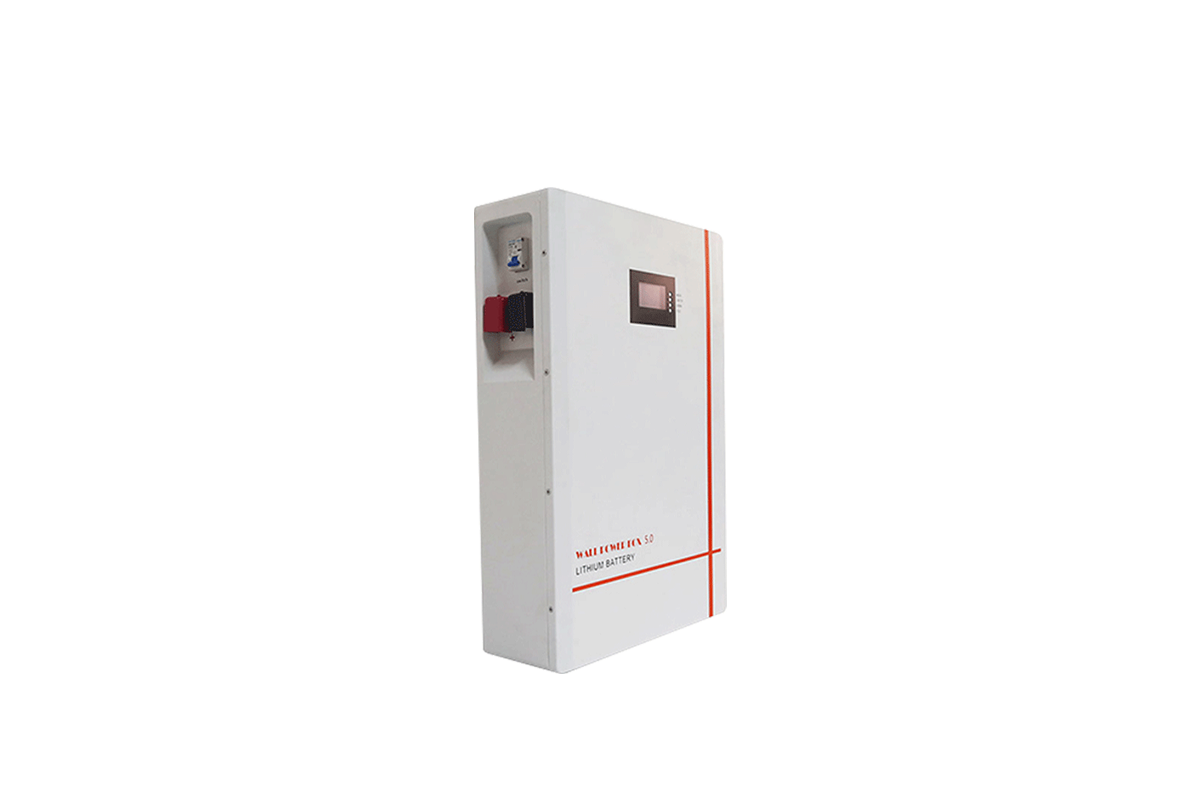

Time:2025-05-06 Views:1

The demand for nickel-cadmium (Ni-Cd) energy storage batteries is shaped by a diverse range of industries and applications, each with its unique set of requirements. In the industrial sector, customers often prioritize high durability and reliability. Manufacturing plants, for example, rely on Ni-Cd batteries to power emergency backup systems, ensuring continuous operation during power outages. They demand batteries that can withstand harsh environmental conditions, including extreme temperatures, humidity, and vibrations. Long cycle life is another crucial factor, as frequent battery replacements are costly and disrupt production. Industries such as mining also require Ni-Cd batteries with high discharge rates to power equipment like underground locomotives, where quick and efficient energy delivery is essential.
In the consumer electronics market, although Ni-Cd batteries have faced competition from other chemistries, there is still a demand for their affordability and robustness. Customers using devices like cordless power tools and some portable medical equipment value the ability of Ni-Cd batteries to deliver consistent power over time. They also expect easy maintenance, such as simple charging procedures and the ability to tolerate partial charging cycles without significant performance degradation. Additionally, consumers are increasingly concerned about the environmental impact of batteries. While Ni-Cd batteries contain cadmium, a toxic heavy metal, customers are looking for manufacturers who can provide proper recycling and disposal solutions to minimize environmental harm.
Telecommunications companies have specific demands for Ni-Cd energy storage batteries as well. They need batteries that can support long - term backup power for cell towers and communication hubs. These batteries must have a stable voltage output to ensure uninterrupted signal transmission. Moreover, with the increasing density of communication networks, there is a growing need for compact and lightweight Ni-Cd batteries that can be easily integrated into existing infrastructure without taking up excessive space.
Read recommendations: